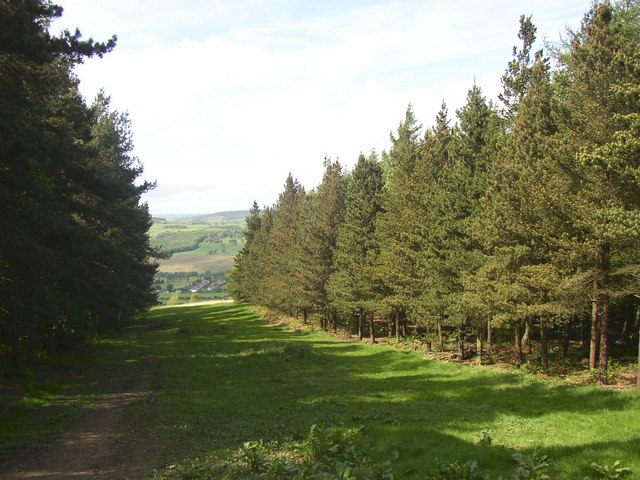Social
“Terminator trees, genetically engineered never to flower, could ensure a silent spring in the forests of the future. Such trees will grow faster than before, but will be devoid of the bees, butterflies, moths, birds, and squirrels which depend on pollen, seed, and nectar.” – London’s Daily Telegraph


Genetic Pollution
Along with obvious environmental and economic concerns, genetically engineered trees (GE) have become a major concern for people worldwide. GE trees, undoubtedly, produce harmful and immoral effects on the Earth’s ecosystems. The decrease of biodiversity and the extinction of natural forests pose one of the biggest social concerns.
Currently, GE trees are insect resistant or herbicide tolerant, appearing absolutely attractive to plantation managers looking to save the costs of spraying pesticide or herbicide. These trees, therefore, have the unnatural ability to fend of insects and other species usually surrounding trees. Consequently, species are unable to live and interact with their natural habitat. Worse, GE trees can endanger these species due to the unnatural chemical releases and changes in their authentic environment. Moreover, scientists and scholars have determined that these GE trees threaten to contaminate native forests around the world with unnatural and destructive traits (OCA 2010). The term many scientists use is genetic pollution, or the gene transfer to breeding populations or wild relatives, potentially leading to hybridization or the mix between artificial and natural trees. With tree plantations, projects are not properly monitored, increasing the risk of “transgenic pollen crossing with native species” (NFN 2000). As a result, the genetics of trees will forever be affected and no real trees will later be apparent. In addition, creating sterile trees purposely will present long-term negative effects for the global community. In the long-run, once trees are unable to reproduce, there will be no natural trees left. How can any living being survive then?
[kml_flashembed movie=”http://www.youtube.com/v/QkeTY_IIOFY” width=”425″ height=”350″ wmode=”transparent” /]
(World Rainforest Movement)
A Plantation is NOT a Forest
Some view forests as the last standing diverse habitat providing refuge for the Earth’s declining biodiversity. Unfortunately, forests today are dramatically declining due to the influx of genetically engineered tree plantations. Believe it or not, the trees within those plantations are NOT real. These trees cannot properly reproduce, has a different coding content which allows for shape control as well as dysfunctional wood characteristics (NFN 2000). These trees are used specifically for large-scale plantations. These plantations, however, need a place to go; therefore replacing native forests. Native forests are purposely cut down for the replanting of GE trees, for that sole function of having as many trees as possible.
Simply put, these trees fail to provide the wide range of ecological functions provided by natural forests including watershed services, plan and animal diversity, and local resources for wood, food and medicine (NFN 2000). As shown in the video above, people require natural forests for LIFE. A plantation simply takes everything away. Furthermore, with the need for large land space, local and indigenous groups who do not have a voice in large-scale projects are taken advantage of. Companies come in, buy their land and displace communities (OCA 2010).

(Global Justice Ecology)
Lastly, the influx of GE trees results to the constant need for water. With trees growing more than a meter a month, the pressure for water resources increase. The more rushed the trees’ growth process, the more water is required than normal trees. A study showed that “water use within existing tree plantations of all ages resulted in average stream flow reductions of 38 percent, with losses increasing as the trees aged. In addition, about 20 percent of rain water was used by taking care of these tree plantations (Duke U. 2005). Consequently, people must make a decision: water for trees or water for everyday survival? The need for water has become a prevalent problem worldwide. According to the World Health Organization, the problem is global and is getting worse as cities and populations grow, and the need for water increases in agriculture, industry and households (WHO 2009).
Health Risks
Today, there are very few known health hazards caused by GE trees and not a lot of research has been been conducted on it. According to The Institute of Science in Society, Agrobacterium, a type of gene used in the vector system for creating GE trees, causes tumors in plants and tree species. Currently, it is known that this soil bacterium has the ability to be transferred through animal and human cells. With the prevalence of Agrobacterium, people or animals which come in close contact of it has a high risk of gene transfer causing the growth of cancer cells (ISIS 2005). Furthermore, certain chemicals injected into these GE trees produced widespread toxins which has introduced a similar form of allergens in society. For now, at least one study has found that the Bt-toxin produced by insect-resistant trees remains active and lethal after being ingested and can make its way up the food chain. Sadly, any deployment of Bt trees on a large scale could also “devastate pollinator populations and Bt can contaminate water” and be harmful to all animals, insects and humans. (Petermann 2008).